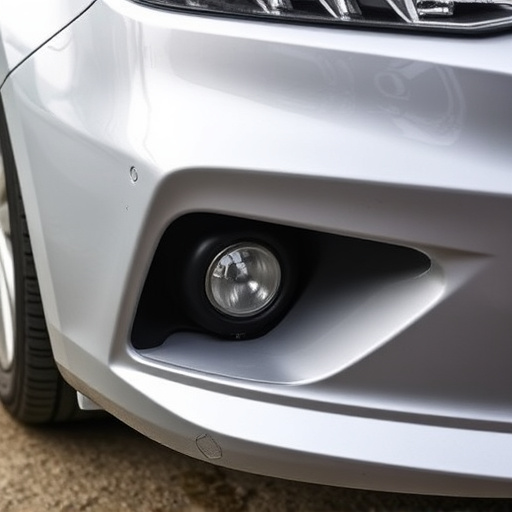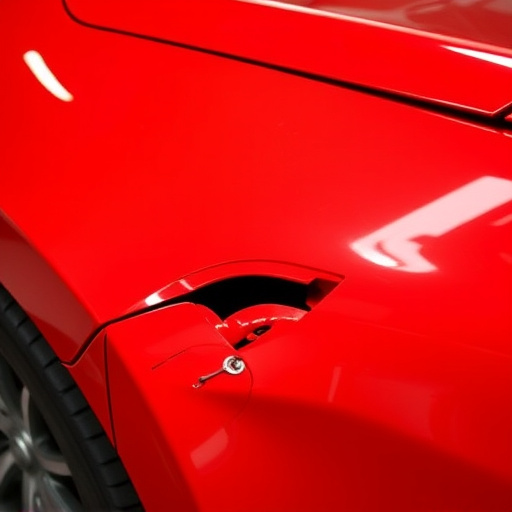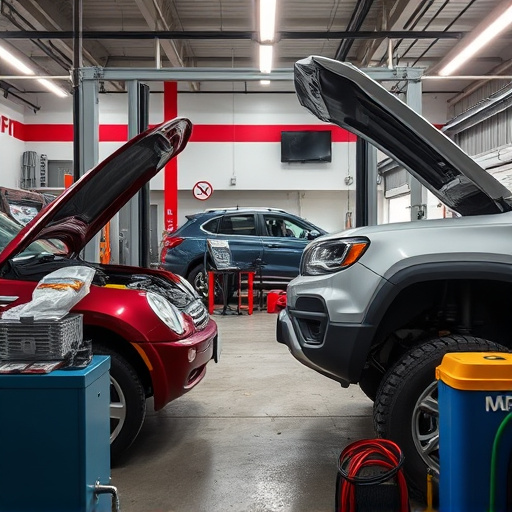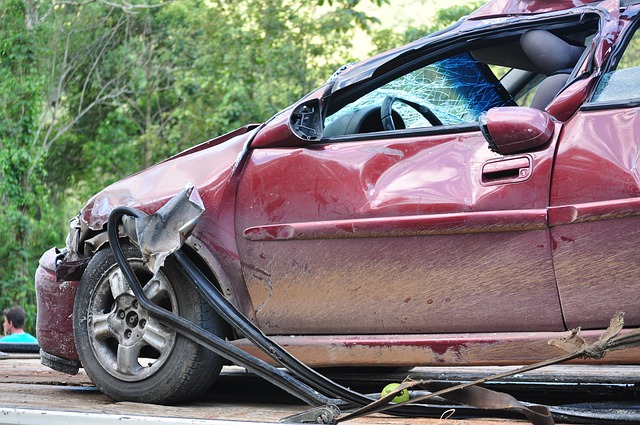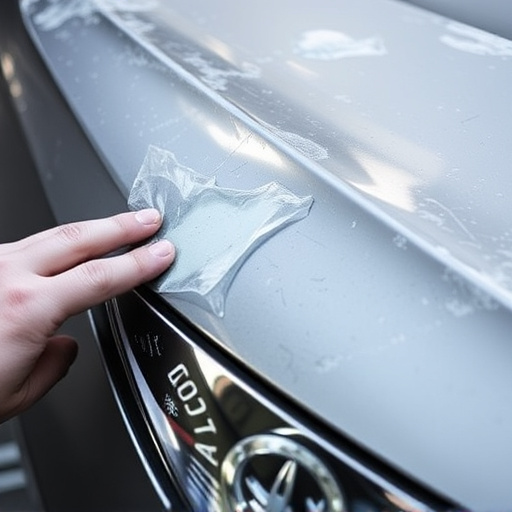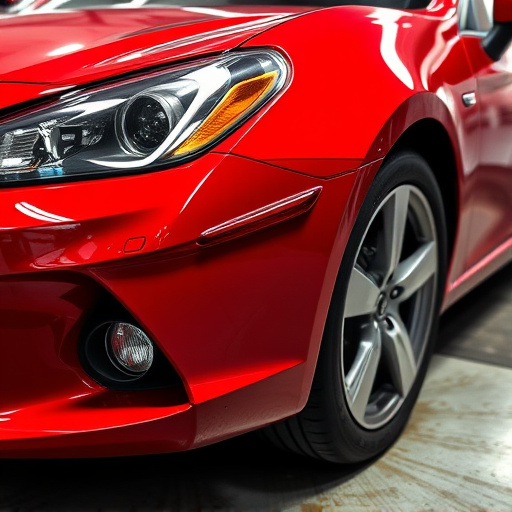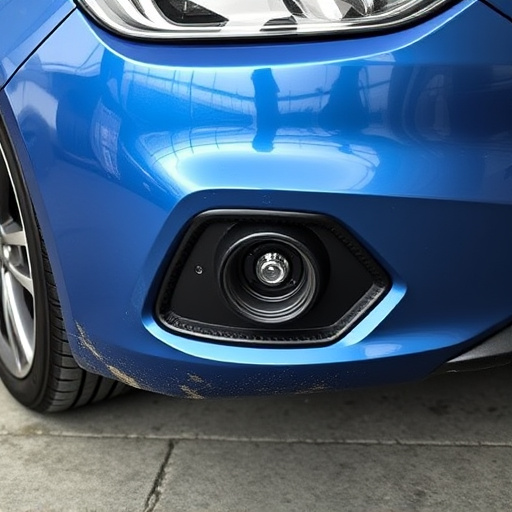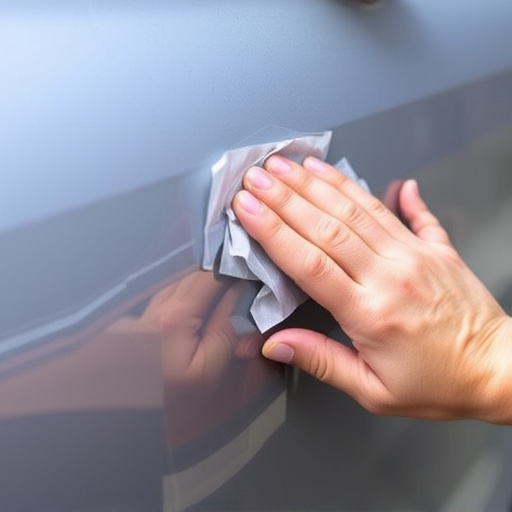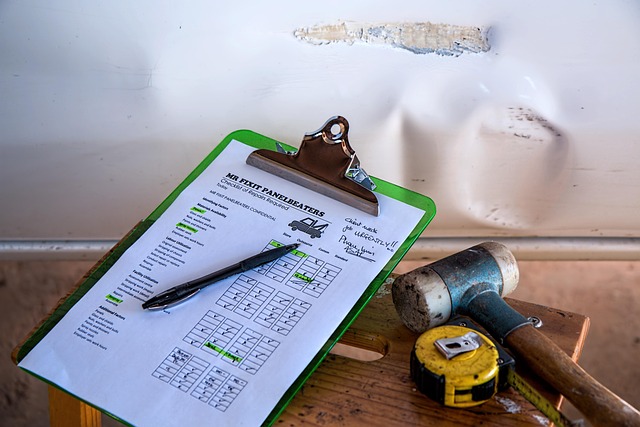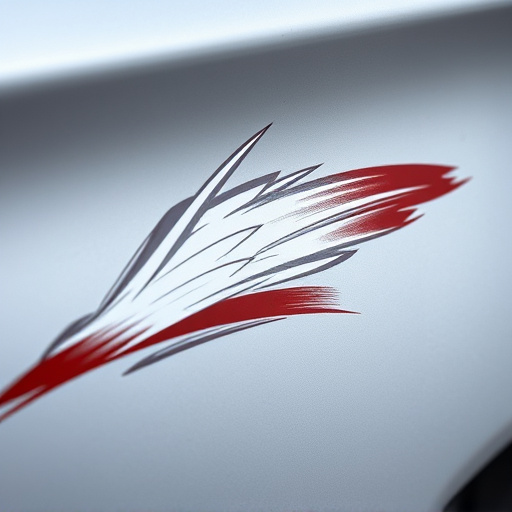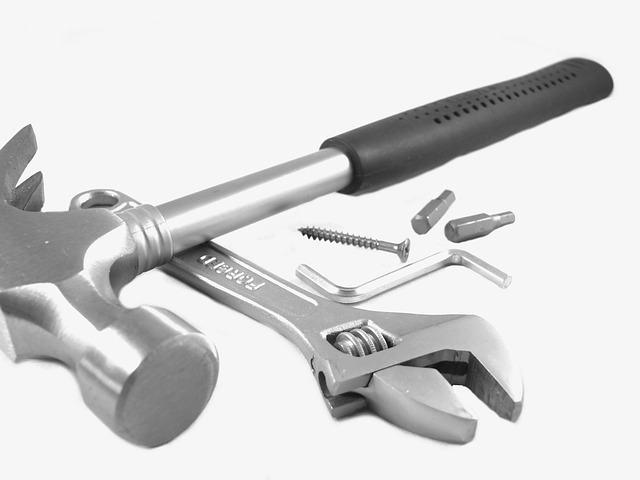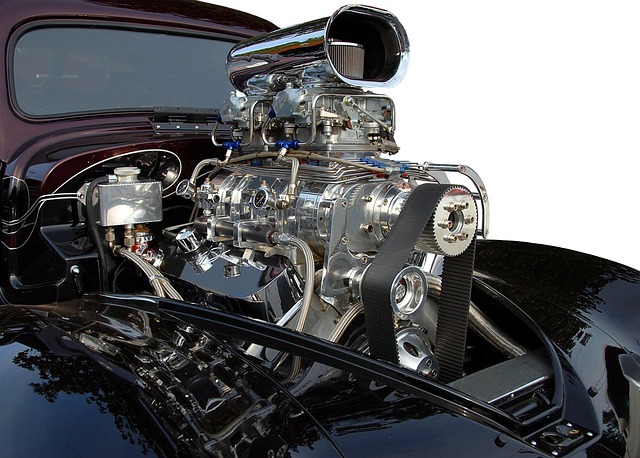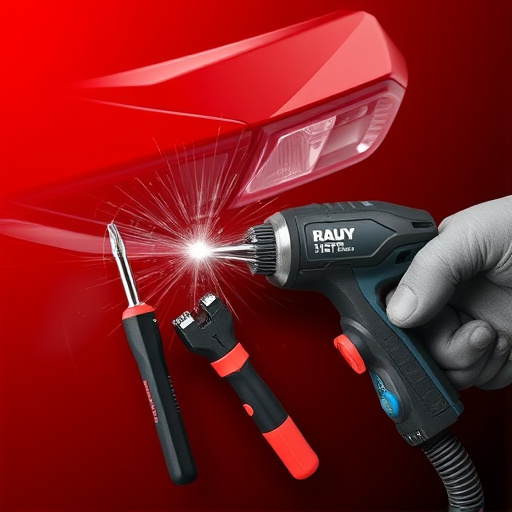High-end vehicle collisions significantly impact performance and safety due to intricate engineering. Key factors like impact force, angle, and speed dictate outcomes, with advanced systems like airbags and sensors mitigating forces. Structure and components absorb energy, preserving integrity and minimizing damage to vital areas. Post-collision, professional bodywork is crucial for restoration, ensuring continued safety, reliability, and resale value.
In the realm of high-end vehicles, understanding how collision impacts performance and safety is paramount. When two vehicles collide, dynamics change instantly, affecting acceleration, handling, and top speed. Modern high-end cars are equipped with advanced technology and safety features designed to mitigate these effects. This article explores the intricate relationship between collision and high-end vehicle dynamics, shedding light on advancements that revolutionize both performance and passenger protection.
- Understanding Collision Dynamics in High-End Vehicles
- Impact on Performance: Acceleration, Handling, and Top Speed
- Safety Features and Advanced Technology in High-End Cars
Understanding Collision Dynamics in High-End Vehicles
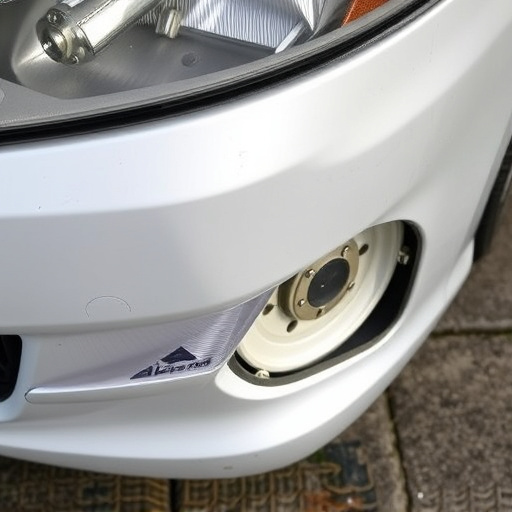
Collision dynamics play a pivotal role in understanding how high-end vehicles perform and operate after an impact. In such cars, every component is meticulously designed and engineered to ensure optimal safety and minimal damage. When a high-end vehicle collision occurs, several factors come into play. The force of the impact, the angle of collision, and the relative speed all contribute to the overall outcome. Advanced safety systems, including airbags, crash sensors, and sophisticated braking mechanisms, are crucial in mitigating the effects of these forces.
Moreover, the intricate interplay between the vehicle’s structure and its components is essential. Modern high-end vehicles often feature advanced metal alloys and composite materials that can absorb and distribute impact energy effectively. This helps in preserving the structural integrity of the car while minimizing damage to sensitive areas like the powertrain and passenger compartment. Should a collision occur, professional car bodywork services and automotive restoration might be necessary to restore both the vehicle’s aesthetics and structural soundness, ensuring the safety and reliability of high-end vehicles post-impact.
Impact on Performance: Acceleration, Handling, and Top Speed
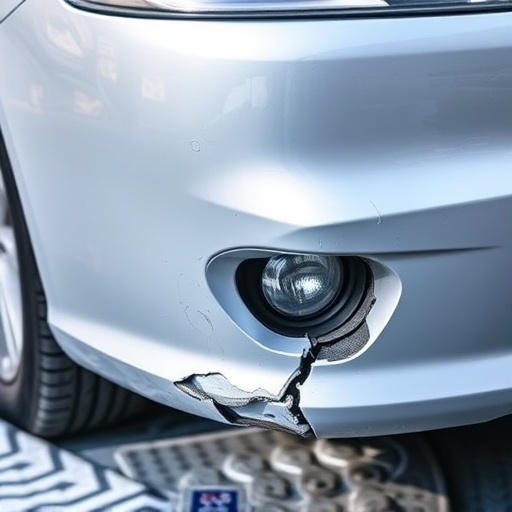
A high-end vehicle collision can significantly impact its performance capabilities, particularly in crucial areas such as acceleration, handling, and top speed. During a collision, various components of the vehicle are subjected to intense forces, leading to potential damage or malfunction. For instance, advanced engine systems designed for peak efficiency might sustain internal injuries, resulting in decreased power output and reduced fuel economy post-collision.
The impact on handling dynamics is equally profound. Advanced suspension systems, crucial for agile cornering and stability, can be compromised by even minor accidents. This can affect the vehicle’s ability to maintain grip during turns, leading to reduced control and potentially increasing the risk of subsequent collisions. Moreover, high-end vehicles often boast impressive top speeds, achieved through sophisticated aerodynamics and powerful engines. A collision could disrupt these design elements, compromising not only speed but also fuel efficiency and overall driving experience, necessitating visits to a car repair shop for repairs that extend beyond mere aesthetic fixes, like vehicle dent repair or bodywork, to ensure optimal performance and safety going forward.
Safety Features and Advanced Technology in High-End Cars
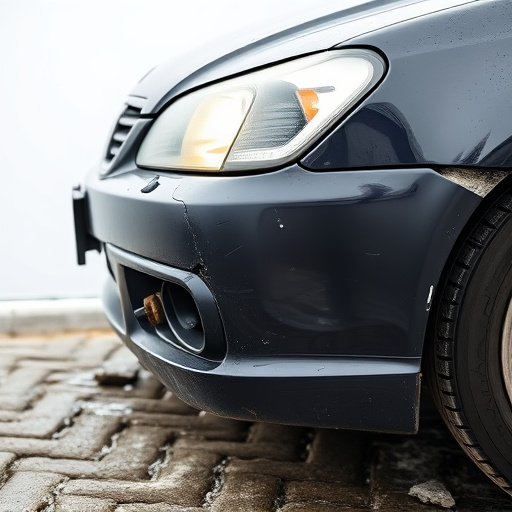
High-end vehicles are equipped with a myriad of safety features designed to protect occupants and mitigate damage during a collision. These advanced technologies include sophisticated airbag systems, robust crumple zones, and state-of-the-art collision detection sensors. Modern high-end cars also often feature advanced driver assistance systems (ADAS), such as automatic emergency braking, lane departure warning, and adaptive cruise control, which enhance safety by improving driver awareness and responsiveness.
In the event of a fender bender or more severe auto body damage, these sophisticated systems play a crucial role in minimizing injuries and reducing the need for extensive car repair. Many high-end car repair shops specialize in handling complex auto body services required to restore these vehicles to their original condition, ensuring both safety and aesthetic appeal. This level of expertise is vital, as it not only guarantees optimal performance but also maintains the vehicle’s value and resale potential following a collision.
High-end vehicle collisions significantly impact performance and safety due to advanced dynamics and technology. While these vehicles often boast exceptional acceleration, handling, and top speeds, a collision can disrupt these features. Conversely, the same advanced technology that enhances performance also plays a crucial role in safety, employing sophisticated safety features to mitigate risks and protect occupants. Understanding how collisions affect high-end vehicles is essential for both automotive enthusiasts and consumers, highlighting the delicate balance between power and safety in today’s cutting-edge automobiles.
